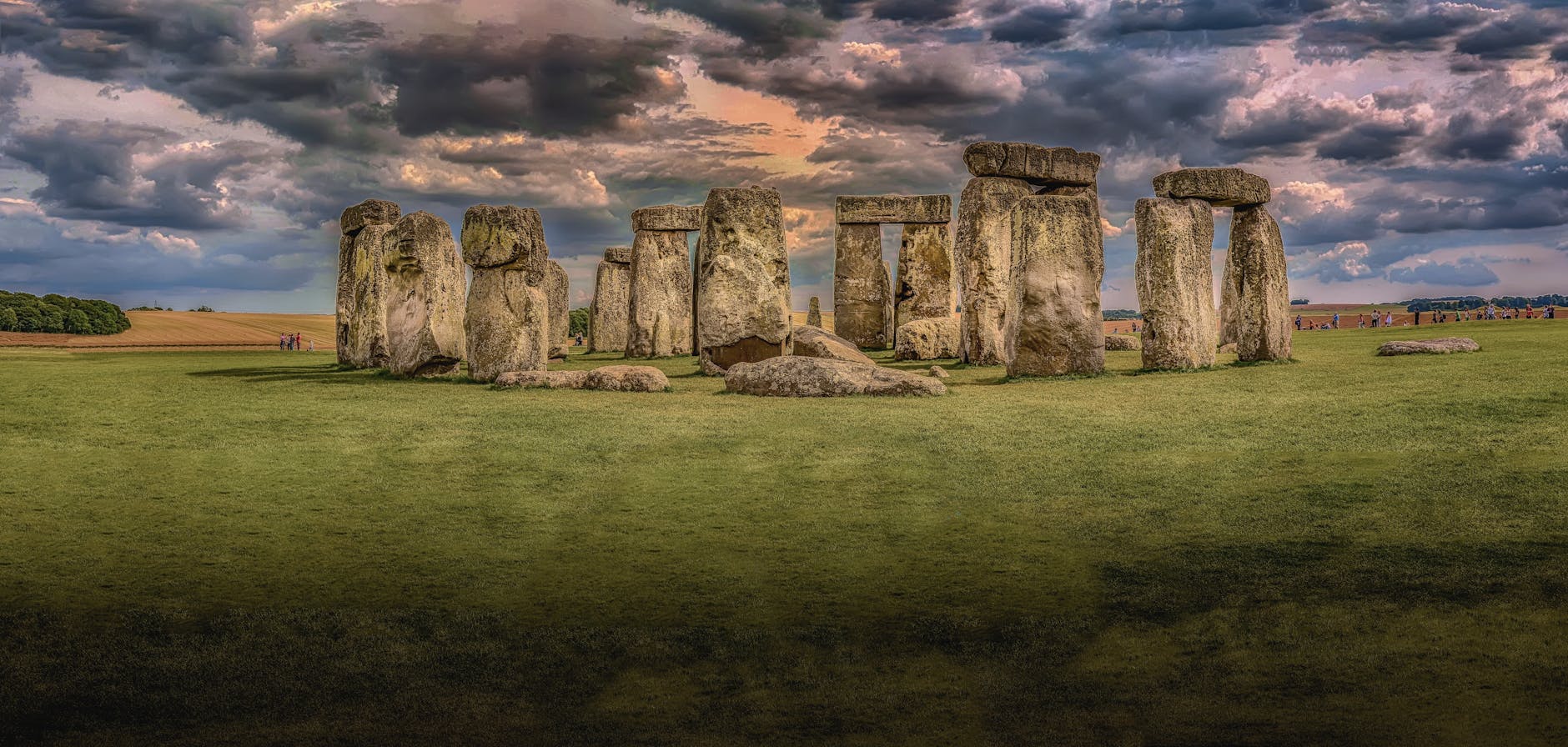What Makes Australia's Marine Life Unique and Worth Protecting

Diverse Habitats in Australia
Australia's marine landscapes are as captivating as they are diverse, offering a rich tapestry of ecosystems that stretch from vibrant coral reefs to the vast open ocean. For those passionate about sustainability and ecology, a deep dive into these habitats provides a profound understanding of marine biodiversity. If you visit Melbourne, you can witness extraordinary marine life exhibits at the SEA LIFE Melbourne Aquarium.
Coral reefs in Australia, like the Great Barrier Reef, are home to a variety of species. These reefs host not only iconic coral formations but also a myriad of fish, crustaceans, and molluscs. Observing such ecosystems during a visit can be as enlightening as joining african tours to explore the savannahs.
Moving to unique underwater ecosystems, kelp forests and seagrass meadows play a crucial role in Australia’s marine ecology. These areas serve as vital breeding grounds, with seagrass meadows providing food for creatures such as dugongs. Just like machu picchu tours, these ecosystems offer insights into ancient living networks that have sustained countless marine species.
Coastal and open ocean environments, seen in locations like Port Phillip Bay, support diverse life forms including seabirds and cetaceans. These areas are dynamic and ever-changing, drawing parallels to the majestic wildlife witnessed during a south africa safari. Engaging with these habitats enriches our appreciation for Earth's natural wonders.
Endemic Marine Species
Iconic Australian Fish
Melbourne is home to rich marine biodiversity, highlighted by educational exhibits at SEA LIFE Melbourne Aquarium. Visitors can marvel at iconic fish species such as the vibrant reef residents that form part of Australia's diverse underwater landscape. These fish are not only fascinating to observe in their natural settings but are also crucial to maintaining the balance of the ecosystems they inhabit. Documenting and understanding these species contribute greatly to conservation efforts and ecological education in Australia.
Distinctive Marine Mammals
Australia's distinct marine mammal population, including species such as the Australian sea lion, enriches the coastal waters with their playful presence. These mammals are a focal point for conservation projects, especially in areas close to Port Phillip Bay, where efforts are being made to ensure their habitats are protected. Observing their natural behaviours in the wild offers invaluable insights into their social structures and the overall health of marine ecosystems.
Unique Sea Birds
Among the unique marine species, sea birds often stand out for their role in the ecosystem. Their nesting sites along Australia's coastline are critical ecological zones, with species contributing to the biological diversity one might also experience during a namibia safari. These birds serve as indicators of oceanic health, and their migratory patterns inform scientists like Lucas about broader environmental trends. Ensuring the protection of these habitats remains a priority for both researchers and conservationists.
Exploring these habitats is akin to embarking on a tanzania safari, offering glimpses of nature's complexity and its intricate balance.
Conservation Efforts
Government Initiatives
Australia's government has implemented several initiatives aimed at marine conservation, understanding that healthy oceans are pivotal for maintaining biodiversity and regulating climate. A prime example is the country's network of Marine Protected Areas, which safeguard vital habitats and ensure the sustainability of marine species. The Australian Government continues to work closely with international bodies, taking cues from initiatives like the conservation strategies observed during a Victoria Falls Safari, where collaboration between nations enhances environmental preservation efforts.
Community-led Projects
Community involvement has proven successful in marine conservation, especially around areas like Port Phillip Bay, where volunteer groups contribute significantly to the protection of marine life. These projects often include activities like beach clean-ups and habitat restoration, encouraging locals to take ownership of their coastal environments. Such community-driven efforts foster a sense of collective responsibility, mirroring successful steps in other regions, including various conservation projects in Botswana Safari settings.
Research and Innovation
Research facilities, like those found in the SEA LIFE Melbourne Aquarium, play a critical role in advancing our understanding of marine ecosystems. Innovations in marine research not only aim to protect existing species but also to regenerate damaged habitats. For example, methods developed through this research have parallels to Australia's broader ecological goals, offering hope for reversing the impacts of human activities on the ocean. Using these findings, researchers are better equipped to propose solutions that will lead to the sustainable management of marine resources.
Environmental Threats
Climate Change Impacts
Climate change is drastically affecting marine ecosystems around the globe, and Australia is no exception. Rising sea temperatures are contributing to coral bleaching in the Great Barrier Reef—a phenomenon that disrupts marine biodiversity profoundly. Here in Melbourne, the SEA LIFE Melbourne Aquarium showcases various marine species, offering insight into how these creatures are adapting. However, long-term solutions require global cooperation, focusing on emissions reduction to alleviate these impacts.
Pollution and Its Effects
Pollution, particularly plastic waste, remains a pressing concern. Around Port Phillip Bay, initiatives are underway to address the detrimental effects of pollution on local ecosystems. Tiny plastic particles have been found to infiltrate the food webs, affecting both marine life and human health. The Melbourne Zoo's marine exhibits offer educational experiences that aim to foster awareness about pollution's consequences on ecosystems. Reducing single-use plastics and participating in local clean-up events can contribute to mitigating these impacts.
Overfishing Concerns
Overfishing poses another grave threat to our oceans. It disrupts the delicate balance of marine life, leading to the depletion of fish stocks. Sustainable fishing practices need to be embraced to ensure the longevity of species, not just in Australian waters, but globally. When considering adventures like an Africa safari or Antarctica cruises, it's crucial to opt for eco-conscious operators that adhere to sustainable practices to protect these pristine environments. By doing so, we support marine ecosystems while enjoying the vast beauty of our planet.
Best Practices for Marine Protection
Sustainable Tourism Practices
As young adults passionate about sustainability, implementing best practices for marine protection starts with embracing sustainable tourism practices. When visiting places like the Melbourne Zoo's marine exhibits or the SEA LIFE Melbourne Aquarium, consider eco-friendly choices. Support attractions that prioritise conservation and educate others on the importance of protecting the ecosystems we cherish. Opt for guided tours that employ interpreters who shed light on local marine life and their challenges.
Engaging in Citizen Science
Engaging in citizen science offers an empowering way to contribute to marine protection. Through programs at institutions like the SEA LIFE Melbourne Aquarium, volunteers, including younger adults, can assist with data collection, covering topics from water quality at Port Phillip Bay to the health of local marine species. This hands-on experience not only deepens your understanding but equips you with the knowledge to advocate effectively for ecological preservation.
Supporting Conservation Organisations
A proactive approach to supporting conservation organisations can amplify efforts in marine protection. Consider lending your voice to initiatives, whether it's through social media advocacy or participating in local events. Organisations focusing on preserving marine biodiversity, such as those working within Port Phillip Bay, are constantly seeking volunteers and advocates to help spotlight crucial issues. By getting involved, you bolster their capacity to bring about tangible change.
Embrace these opportunities to protect our coastal waters. Your actions today ensure that our marine life continues to flourish, fueling hope and resilience for generations to come.


